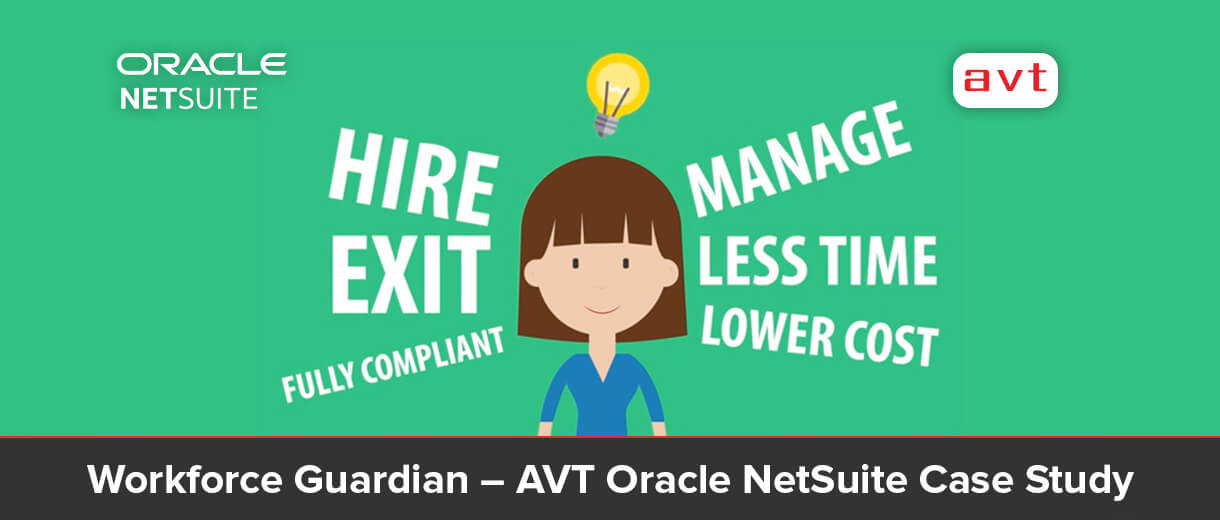6 Ways to grow your business in a Pandemic
The COVID-19 pandemic leading into 2020 has affected us all at various levels. Some businesses have been devastated due to the lockdowns and restrictions imposed to safeguard from the impact of COVID-19, while other businesses have seen their revenue and demand grow as more and more consumers are spending time at home and in insolation. Demand for health and lifestyle products, home entertainment. consumables has increased. Importer, distributors and manufacturers of essential goods and services have seen their demand grow. Other industries, including entertainment, lease, travel and out-door activities has been significantly reduced to minimise the spread of COVID.
Changes to business communication and operations:
- Face to face meetings have been replaced by online conferencing calls.
- To connect staff, businesses have invest/upgrade their online communication software to meet demand
- For many businesses, the expectations to travel onsite have been replaced by online workshops and conference calls.
- In may cases, site visits and trainings that were executed on site over multiple days have been replaced by shorter conference calls.
- Your staff is spending more and more time behind computers and smart phones and access to emails and chat has increased
Changes to the functional areas
- Budgeting and Plannings : Businesses have to re-forecast revenue. CapEx/OpEx. expenses due to the disruption caused due to COVID-19. In order to re-model the disruption, businesses need to rely on accurate data, assumptions and drivers. For many businesses more frequent forecasting may need to keep up with the changes happening at various states. Impact of closure, access to services and product lead times, the cost of freight, can impact the overall profitability on goods and services sold.
- Supply Chain, Demand and Supply Management : Distributors, Importers and Manufacturers have to provide accurate visibility on incoming stock to provide order delivery commitment to customers. Businesses will need to maintain accurate view of incoming stock of shipment and containers and ways to allocate incoming stock to orders. This can be challenging exercise if there are quite a few products and customers involved in the allocation.
- Improve Customer Service : More and more businesses are looking at improved customer service, gain loyalty and increase in the commitment from customers. Having an accurate view of the customer orders and commitment to sales will drive better growth outcomes for the business. This can be a hard problem to manage with moving shipment commitments and reprioritisation and allocation of stock.
- Maintaining and efficient warehousing : Businesses should look at improving efficiencies at the warehouse to reduce cost and maintain an accurate view of inventory. including barcoding of products and investing in a WMS will help organisation maintain accurate view of inventory and labor productivity. Optimisation of inventory and Warehousing labor will improve cost and productivity.
- Customer Self Services : More and more businesses are looking to improve the engagement with the customer. Providing access to customers to product information and services online allows businesses to improve the engagement with the customer. Customers can browse and search products at their own time.
- Mobile Workforce Management : With more and more staff working for home, business have to invest in mobile workforce solutions that provides access to information to staff. The market has seen an increase in the revenue of online communication softwares including Google G-Suite Products, Microsoft Teams, Zoom etc.





